So, when is the best time to visit the Great Barrier Reef? It all comes down to the seasons — wet season, dry season, and those sneaky shoulder months in between. Whether you’re dreaming of colourful corals, prime diving season, or cheaper accommodation prices, here’s the no-fluff breakdown — direct from the tropics.
Ask any adventure seeker what’s on their bucket list, and the Great Barrier Reef will usually get a nod, right up there with Uluru at sunset or tackling Cape York’s 4WD tracks. But just like you wouldn’t hike in the outback in 45 degrees Celsius, you wouldn’t want your reef snorkel interrupted by a monsoon or a swarm of box jellyfish. Trust me — been there, sweated through that.
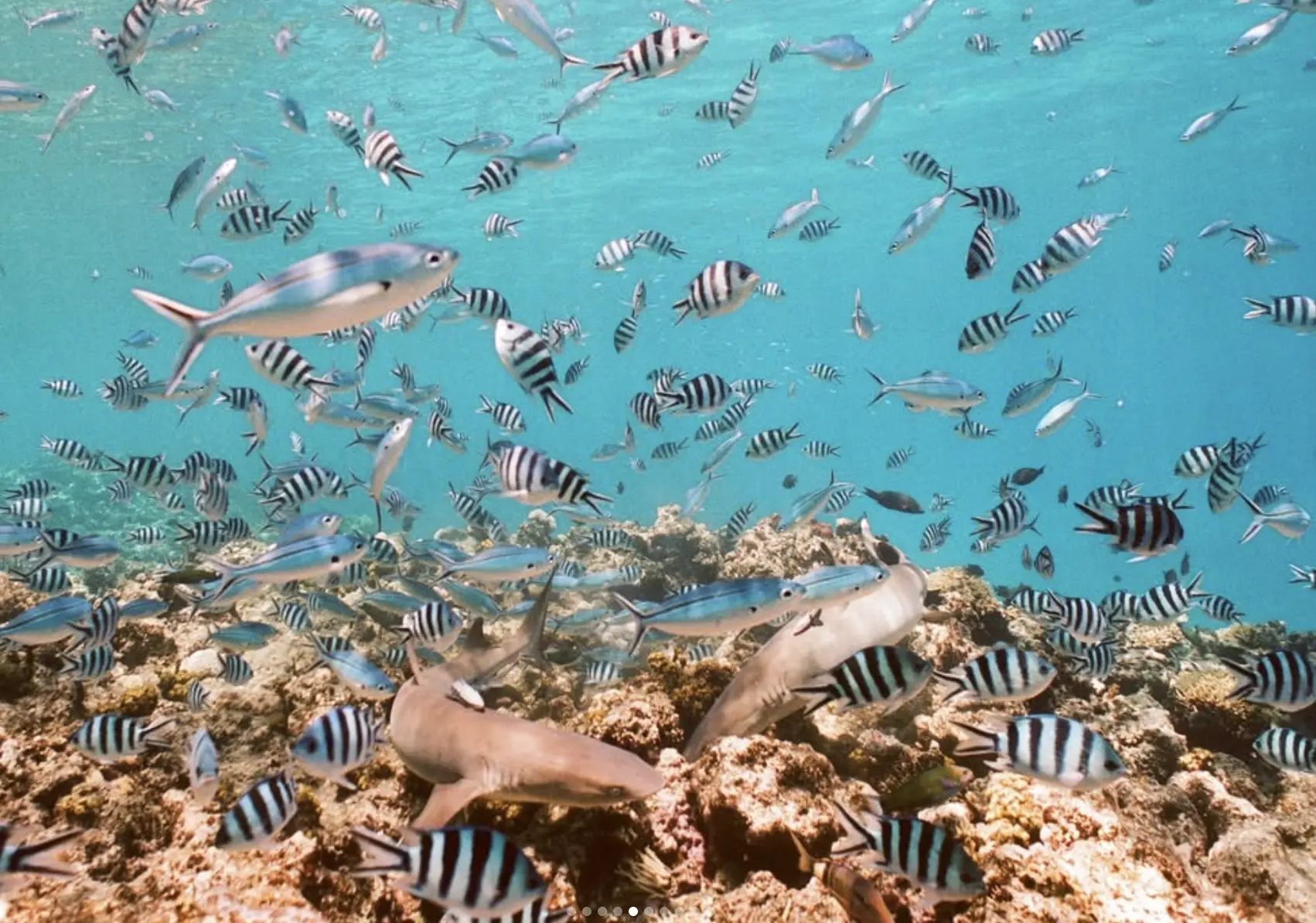
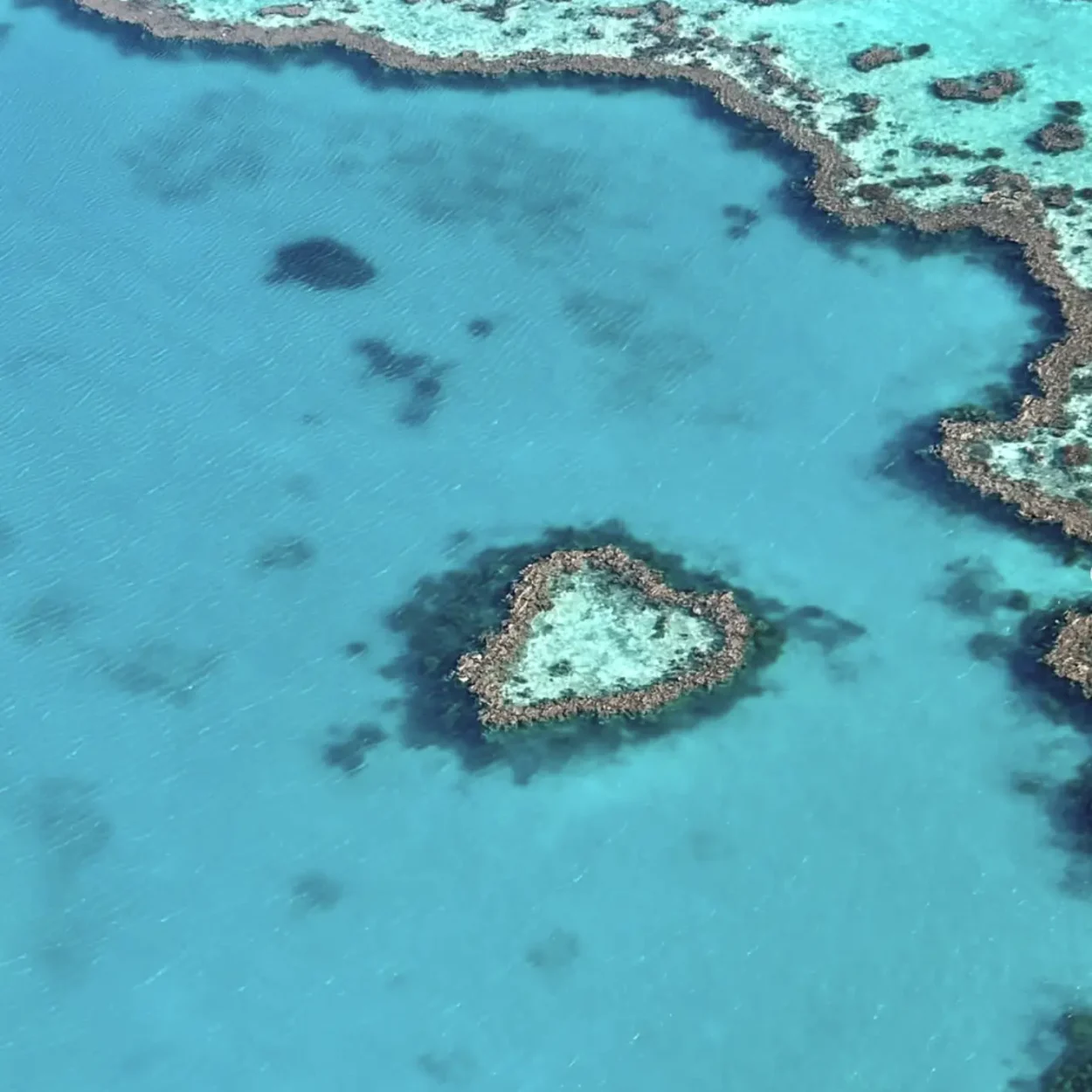
Timing is Everything
Let’s get this straight — the reef is visitable year-round. There’s no off-season, just different experiences.
Sure, cyclone season (November to April) can bring poorer water visibility and the odd cancelled boat trip, but it also means warmer water, fewer reef visitors, and budget-friendly hotel prices. On the flip side, the dry season (May to October) brings clearer waters, calm seas, and reef events like coral spawning — but also peak season crowds and higher accommodation prices.
Your ideal time depends on what you’re chasing: scuba diving clarity, turtle breeding season, stinger-free swimming, or just a sunny spot to sip a cold one after a glass-bottom boat trip.
Dry Season (May to October)
This is the peak season for reef travellers — and for good reason. With calm waters, clearer waters, and excellent water visibility, it’s hands-down the most popular time to explore the reef, especially if you’re based around Cairns, Airlie Beach, Port Douglas, or Hamilton Island.
Why the dry is your best bet:
- Water visibility is at its best (20–30 metres on good days).
- You avoid the sting — no need to worry about jellyfish stings or wearing a stinger suit.
- Daytime temperatures are mild, sitting between 24–28°C. That’s ideal weather for diving excursions, reef walks, or lazy days on a glass-bottom boat trip.
- It’s perfect for all types of water activities — from scuba diving to paddleboarding to exploring underwater observatories.
What to watch for:
It’s peak season, so expect an influx of tourists and higher accommodation prices in reef hotspots like Fitzroy Island, Green Island, and the Whitsundays.
- Hotel prices rise, especially around school holidays in June and September.
- If you’re after cheaper prices, steer clear of July.
When I last dived Agincourt Reef in late June, the coral was dazzling, the currents were gentle, and we even spotted a dugong. There were no box jellyfish. No cloudy water. Just reef perfection.
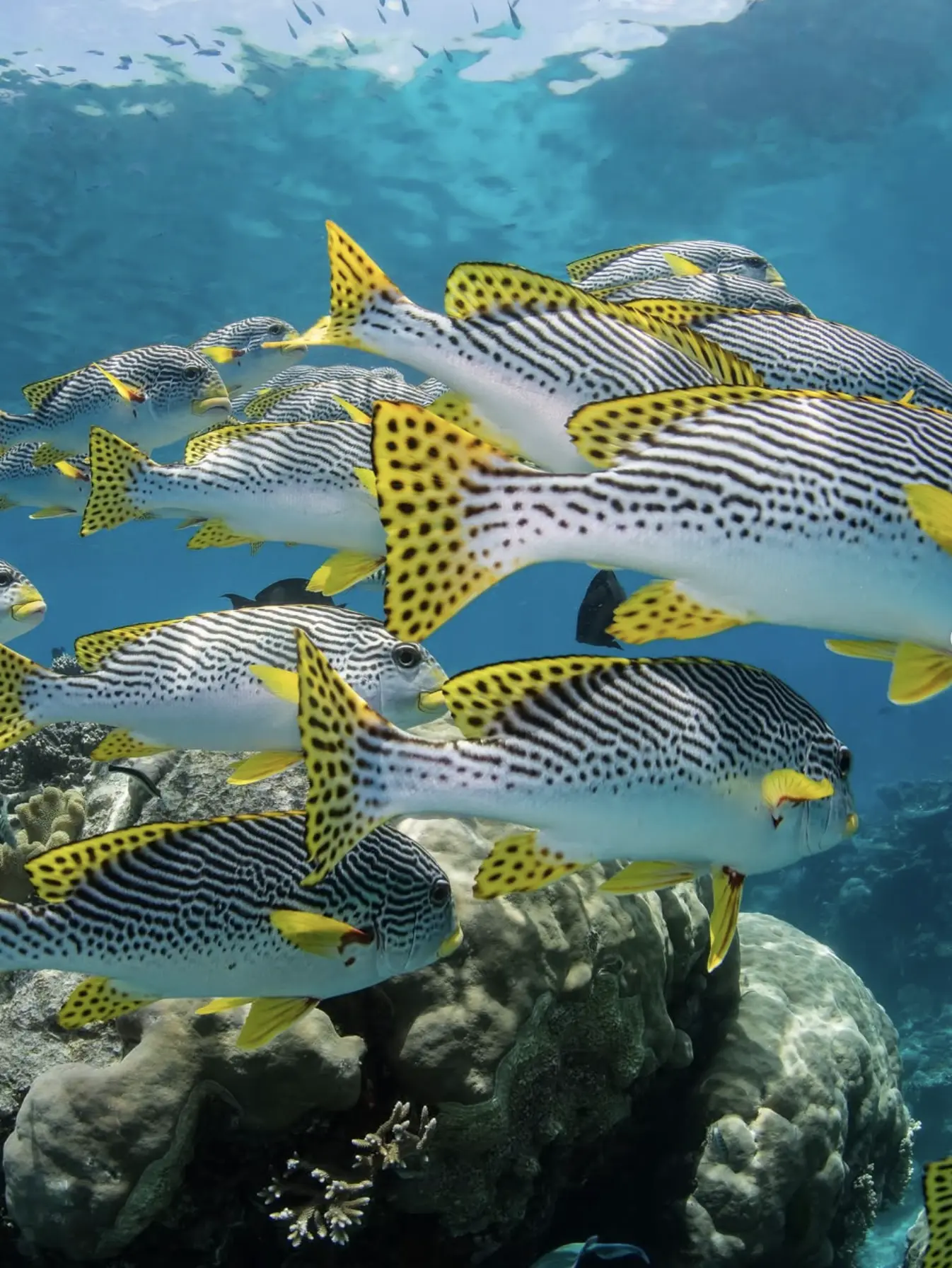
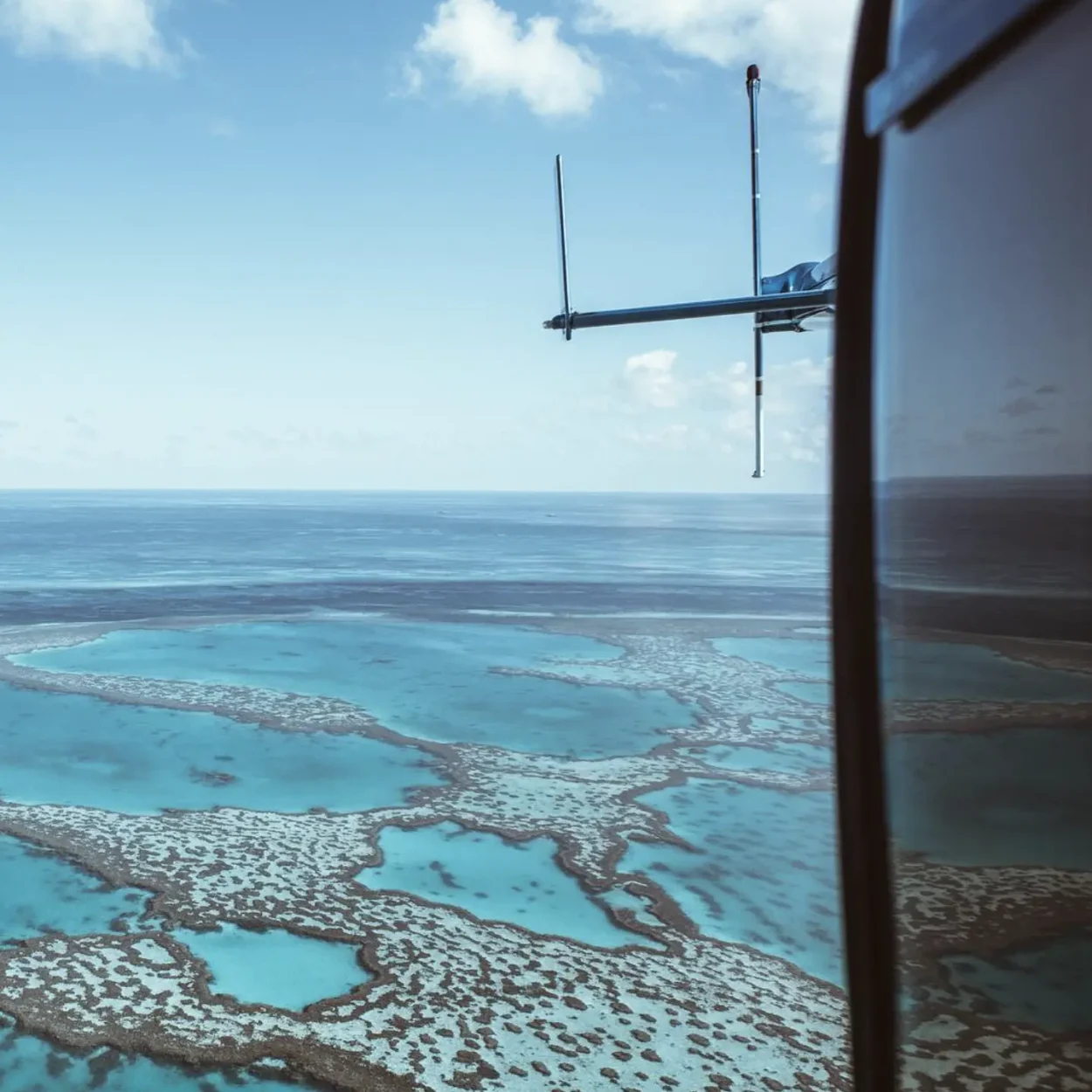
Shoulder Seasons
- April still has warmer waters, lingering from summer, but the rain starts backing off.
- September and October are warmer months with fewer tourists, which is ideal for exploring outer reefs and less-visited reef sites like Moore Reef, John Brewer Reef, and Hastings Reef.
- Pleasant temperatures without the suffocating humidity.
- It’s a good compromise for those wanting an unforgettable experience without battling the crowds at Whitehaven Beach or missing out on half-day trips.
- These months are also great for annual dive trips, underwater photography, or ticking off must-do experiences with better availability and more space on the boat.
Wet Season (November to April)
Now we’re getting into the tropics in summer — welcome to North Queensland’s wet season. It’s hot, it’s sticky, and it often rains buckets. But don’t rule it out just yet — this season has its own wild beauty and some truly unforgettable travel experiences.
Why do some still chase the wet?
- It’s turtle breeding season — nesting begins in November, with hatchlings scuttling out from January to March. Islands like Lady Elliot and Fitzroy Island are top spots.
- Coral reef events like mass coral spawning occur after the full moon in November or December. It’s messy and magical — like watching the reef throw a confetti party.
- Cheaper accommodation prices and lower rates at hotels across Cairns, Cape Tribulation, and even hideaways near Fraser Island.
- The lushness of ancient rainforests like the Daintree National Park and Wet Tropics Rainforest is at its peak — perfect if you’re pairing the reef with rainforest.
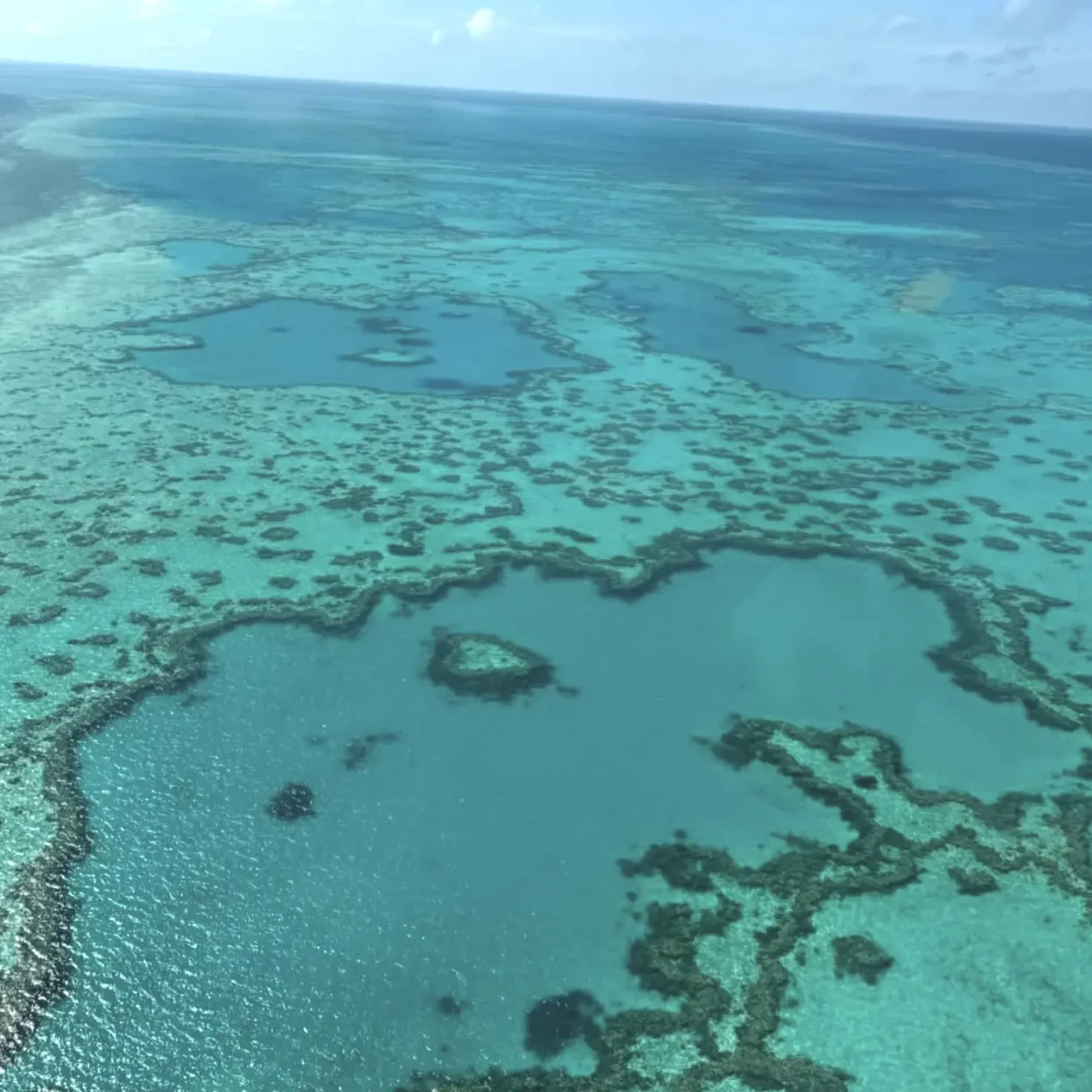
But be prepared:
- It’s full-blown stinger season — deadly box jellyfish lurk inshore. Stinger suits are non-negotiable near mainland beaches and reef edges.
- Stronger currents and poorer water visibility can impact diving trips on certain days.
- It’s cyclone season, especially from January to March. Always check the weather forecasts before heading out.
- Boat trips might be cancelled last-minute due to tropical climate conditions.
Honestly, I’ve done reef trips in February — drenched during boarding, sweating through my scuba mask, but got rewarded with baby turtles on Green Island and a crowd-free snorkelling spot near Hook Reef. Worth it.
Quickfire Seasonal Snapshot
| Month | Season | Avg Temp (°C) | Water Temp | Highlights | Watch Out For |
|---|---|---|---|---|---|
| Jan | Wet | 30–35 | 28–30 | Turtles, coral spawning, rainy season | Cyclones, jellyfish stings |
| Feb | Wet | 30–35 | 28–30 | Cheaper hotels, lush landscapes | Heavy rain, poorer visibility |
| Mar | Wet | 29–34 | 27–29 | Turtle hatchlings, fewer tourists | Rough seas, Deadly box jellyfish |
| Apr | Shoulder | 27–32 | 26–28 | Good weather, quieter reefs | Some lingering rain |
| May | Dry | 26–30 | 25–27 | Calm seas, great snorkelling | Prices creeping up |
| Jun | Dry | 24–27 | 24–26 | Prime diving season, Whales start migrating | Tourist surge |
| Jul | Dry | 23–26 | 23–25 | Best reef clarity, ideal reef walks | High season costs |
| Aug | Dry | 23–27 | 24–26 | Glassy water, reef at its best | Prices at hotels peak |
| Sep | Shoulder | 26–30 | 25–27 | Warm days, fewer crowds, sunny skies | Bring reef-safe sunscreen |
| Oct | Shoulder | 27–32 | 27–29 | Clear water, quiet beaches | Stingers begin showing up |
| Nov | Wet | 29–34 | 28–30 | Coral spawning, turtle nesting begin | Humidity cranks up |
| Dec | Wet | 30–35 | 28–30 | Quieter reef before Xmas rush | Storms, stingers, language barriers |
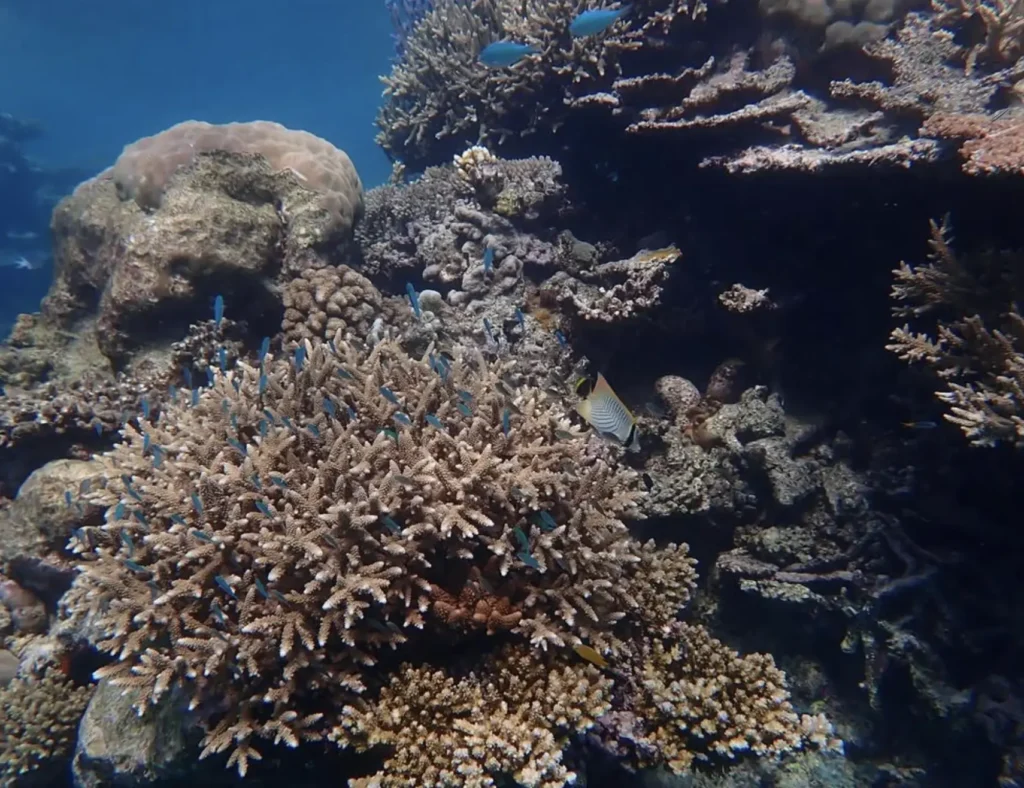
Best Time for Specific Activities
Snorkelling & Glass-Bottom Boat Tours
- Top months: June to October
- Best spots: Fitzroy Island, Lady Elliot Island, Green Island, Agnes Water
Scuba Diving
- Top months: June to October (calm waters, best visibility)
- Bucket list reefs: Agincourt, Hook Reef, John Brewer Reef
Coral Spawning
- Best viewed: November–early December (watch local radar spots)
- Often coincides with warm waters and high humidity
Turtle Nesting
- Nesting: November–January
- Hatchlings: January–March
- Where: Heron Island, Lady Elliot Island, Cape York Peninsula
Whale Watching
- Season: June–August
- Best from: Fraser Island, Whitsunday Islands, Cape Tribulation
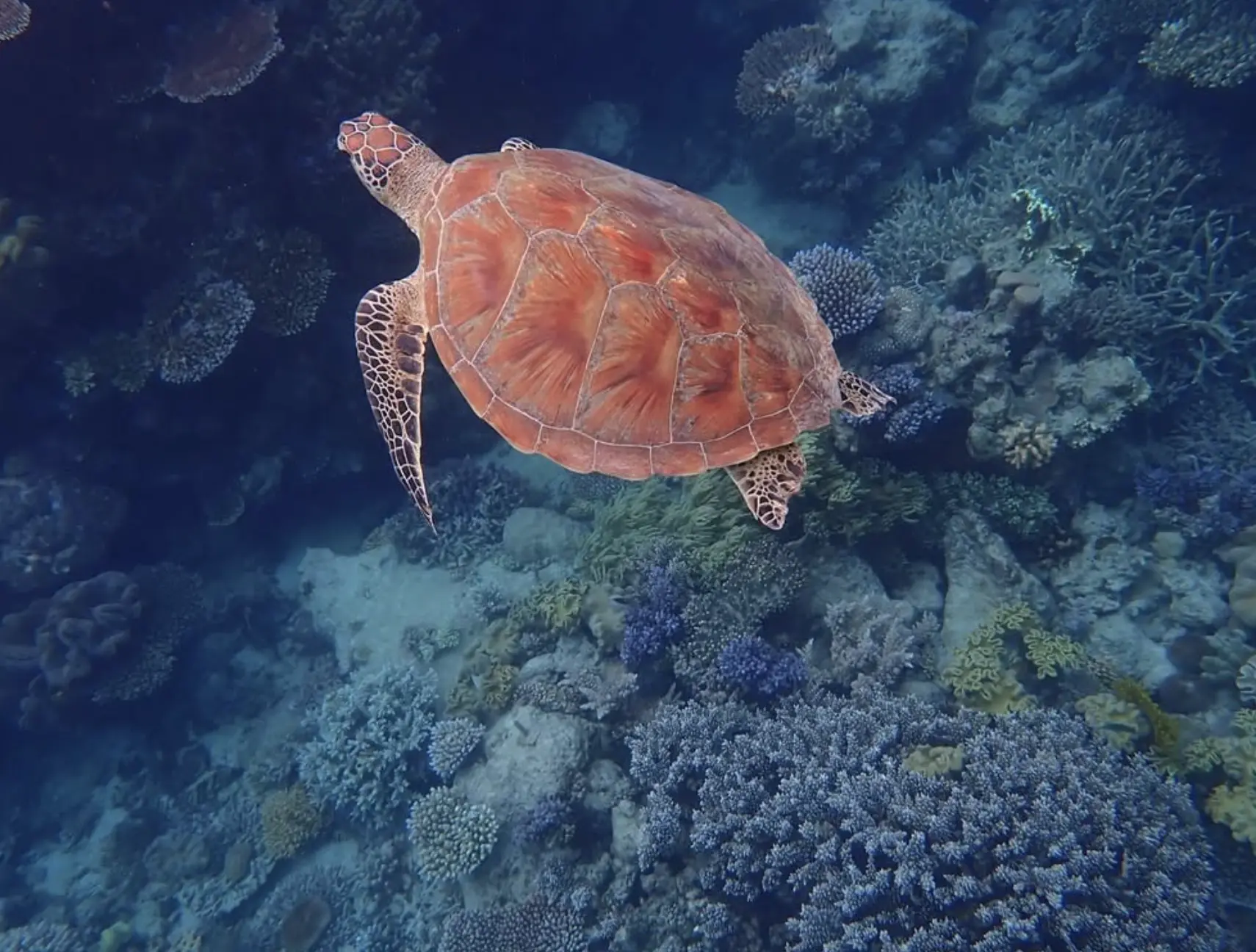
Where to Base Yourself
Having spent more than a few summers dodging mozzies and salty crocs up north, here are a few unpolished truths you won’t find in the travel brochures:
- Weather can flip fast — always check radar spots before booking that boat trip.
- February and March are hot, sweaty, and full of character. Expect stronger currents but also cheaper accommodation prices.
- Port Douglas gets hectic around school hols, but it’s also your closest reef access to Agincourt Reef.
- Mainland beaches might have jellyfish nets, but reef-based snorkelling tours avoid the worst of the stinger risk.
- Cape York trips? Only feasible late dry season — or bring your outback adventure A-game.
- Cairns Beaches like Palm Cove are sweet year-round — especially for half-day reef trips and sunset walks.
- And yes — The Fish Restaurant in Cairns does a cracking grilled barramundi. Don’t skip it.
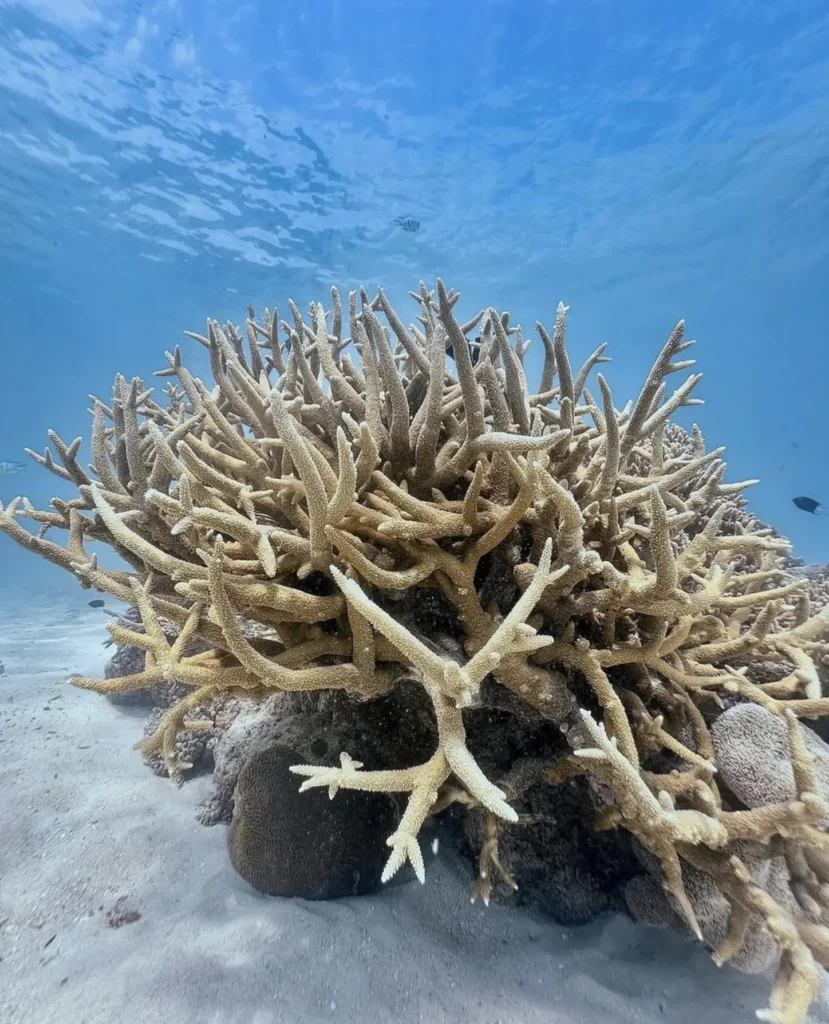
Sustainable Travel Tips
How to give back to the reef:
- Book with eco-certified operators — many are led by marine biologists who double as experience guides.
- Respect the rules of Daintree National Park, the Wet Tropics Rainforest, and nearby wildlife parks.
- Don’t touch coral or wildlife — not even that cute clownfish.
- Support Torres Strait Islanders and Traditional Owners — they’ve stewarded this marine Country for generations.
- Avoid any reef site where it feels like a circus — the reef isn’t Disneyland.
Whether you’re visiting for reef events, reef science, or outback adventure with snorkelling thrown in, remember: what you do here ripples out.
